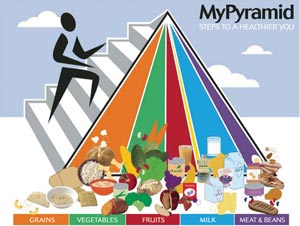Popular Reviews
- Shakeology Review
- Viritenz Review
- Isagenix Review
- Jenny Craig Review
- Protein World Review
- Paleo Diet Review
- Ideal Protein Review
- PhenQ Review
- Weight Watchers Review
- Pure Slim 1000 Review
- Alli Review
- Phen375 Review
- Leptigen Review
- It works Review
- The Thrive Diet Review
- Plexus Slim Review
- Almased Review
- Xyngular Review
- SlimQuick Review
- Relacore Review
- Lipozene Review
- ProbioSlim Review

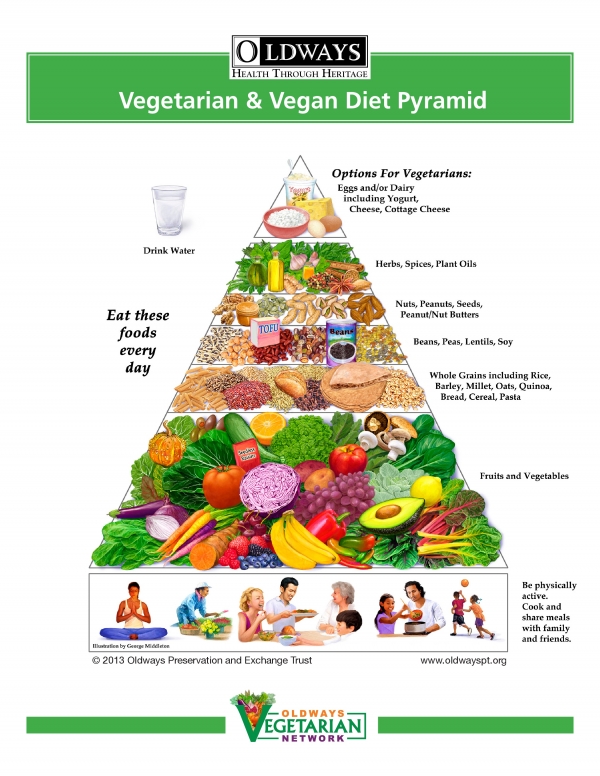
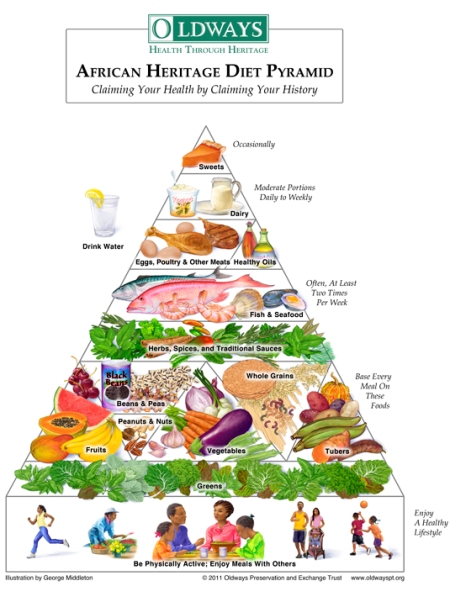
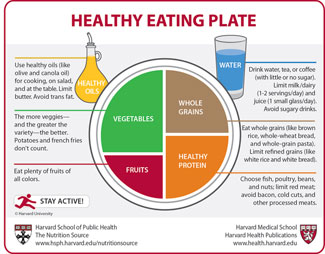
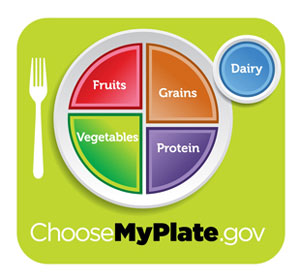
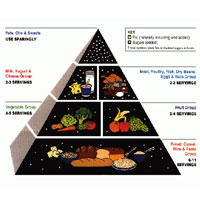 When the USDA in 1992 released the food pyramid we’ve all become familiar with, many nutritionists voiced concerns with the diagram. The large base of bread, cereal and grains just gave the impression that you were supposed to eat so much more from that group. Encouraging people to eat so many grains and carbs, nutritionists argued, paved the road to an obesity epidemic.
When the USDA in 1992 released the food pyramid we’ve all become familiar with, many nutritionists voiced concerns with the diagram. The large base of bread, cereal and grains just gave the impression that you were supposed to eat so much more from that group. Encouraging people to eat so many grains and carbs, nutritionists argued, paved the road to an obesity epidemic.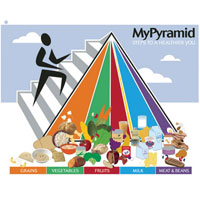 The original pyramid had long been unpopular and in 2005 it was replaced with a new logo called
The original pyramid had long been unpopular and in 2005 it was replaced with a new logo called 

